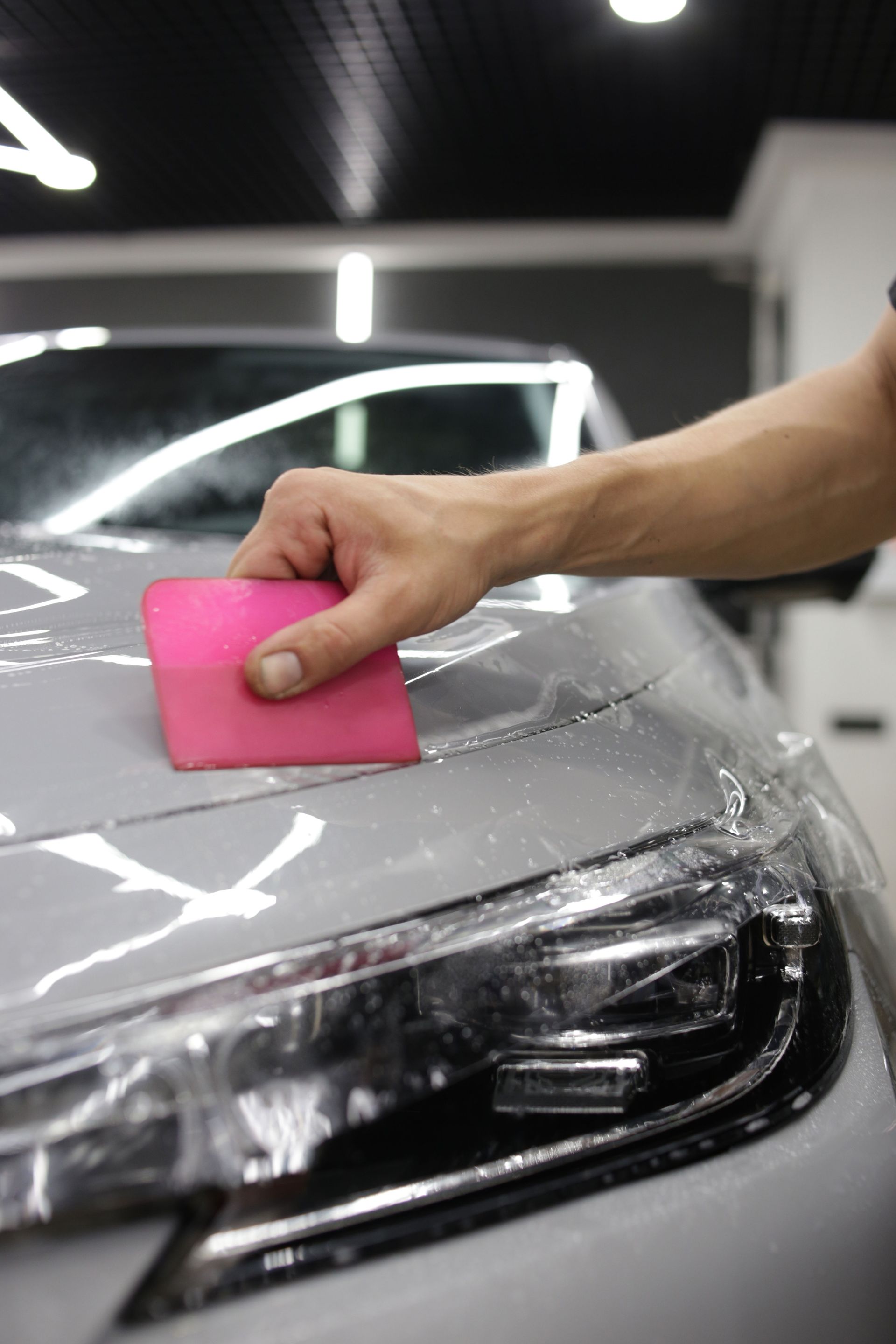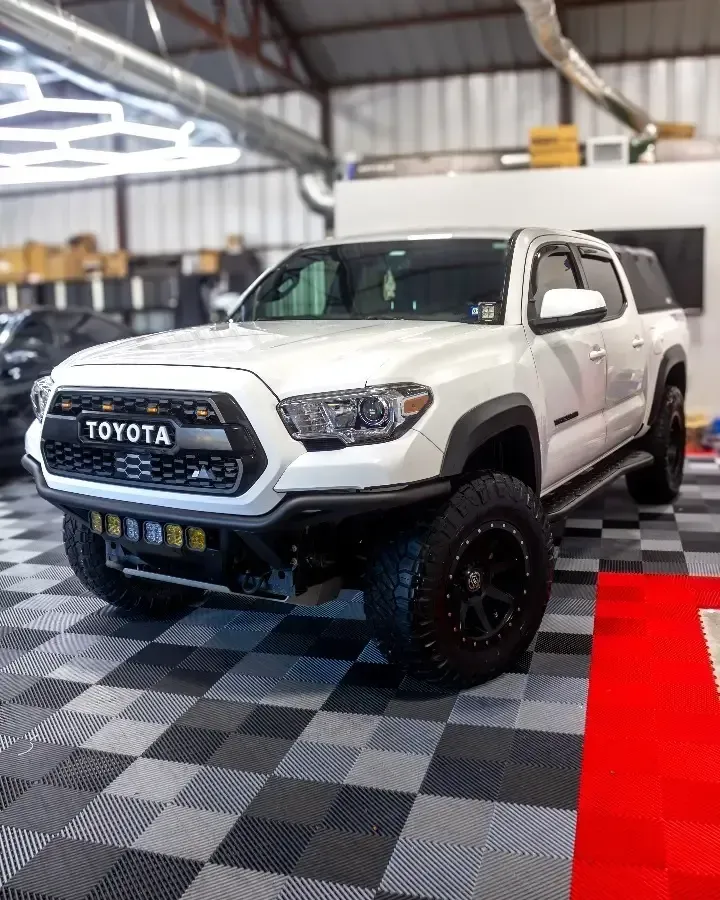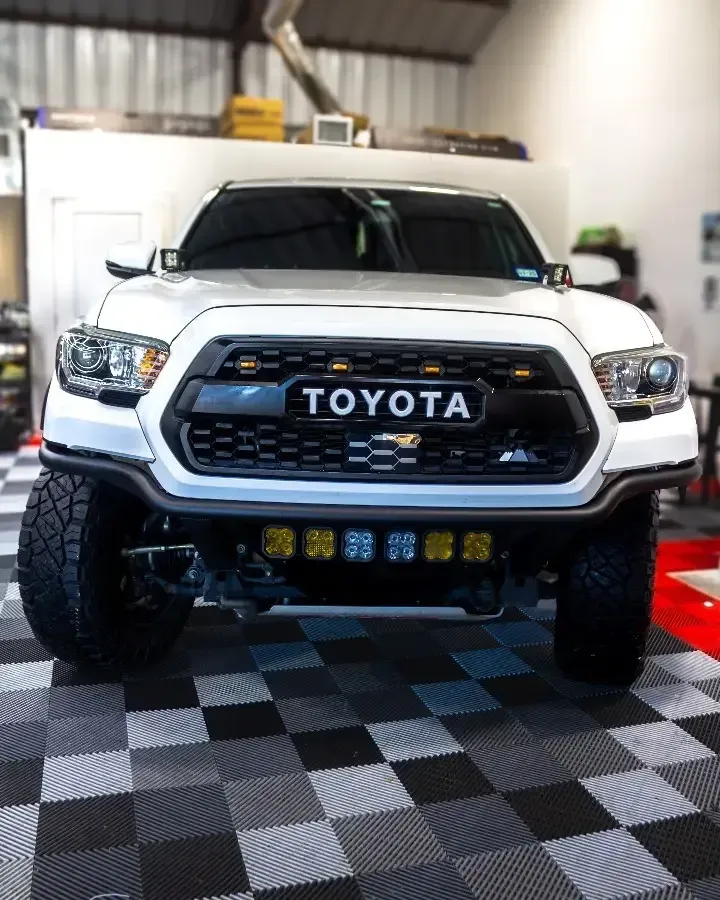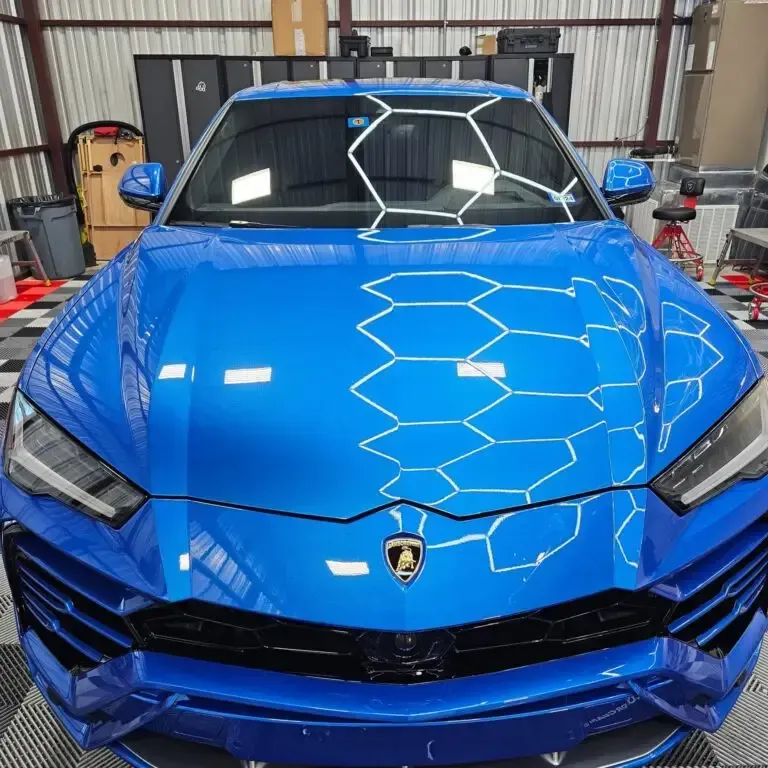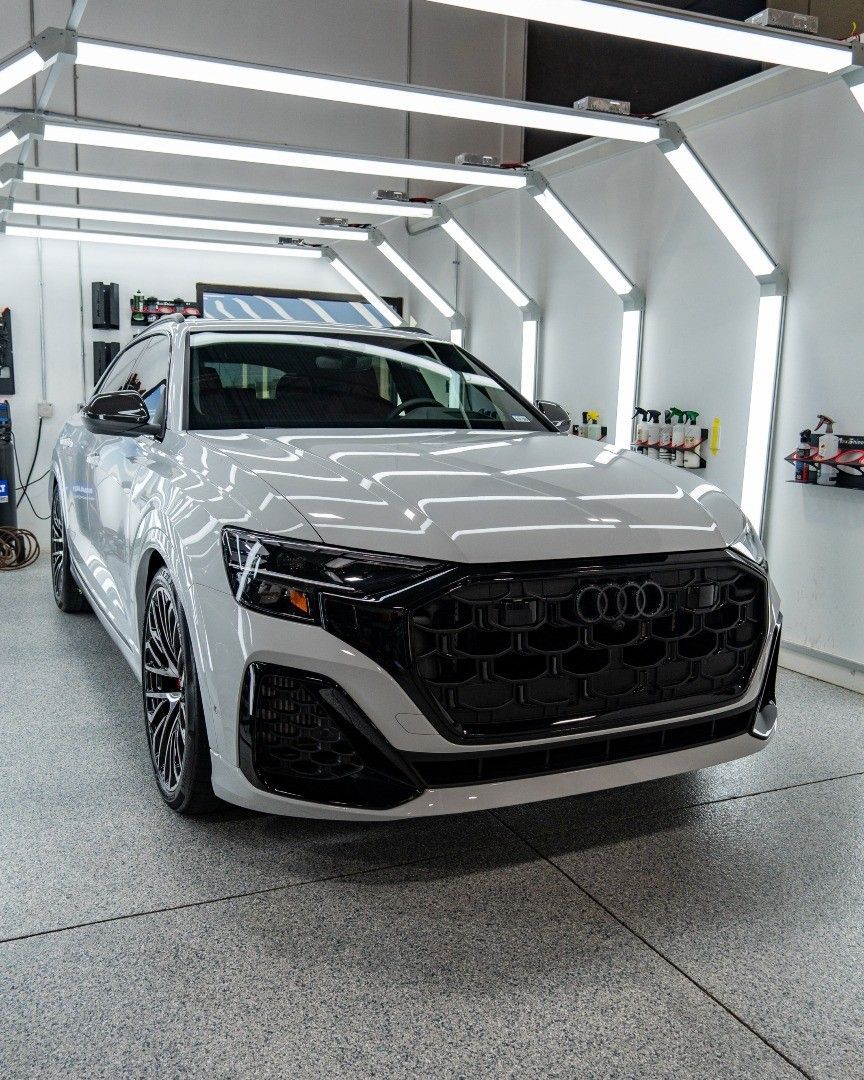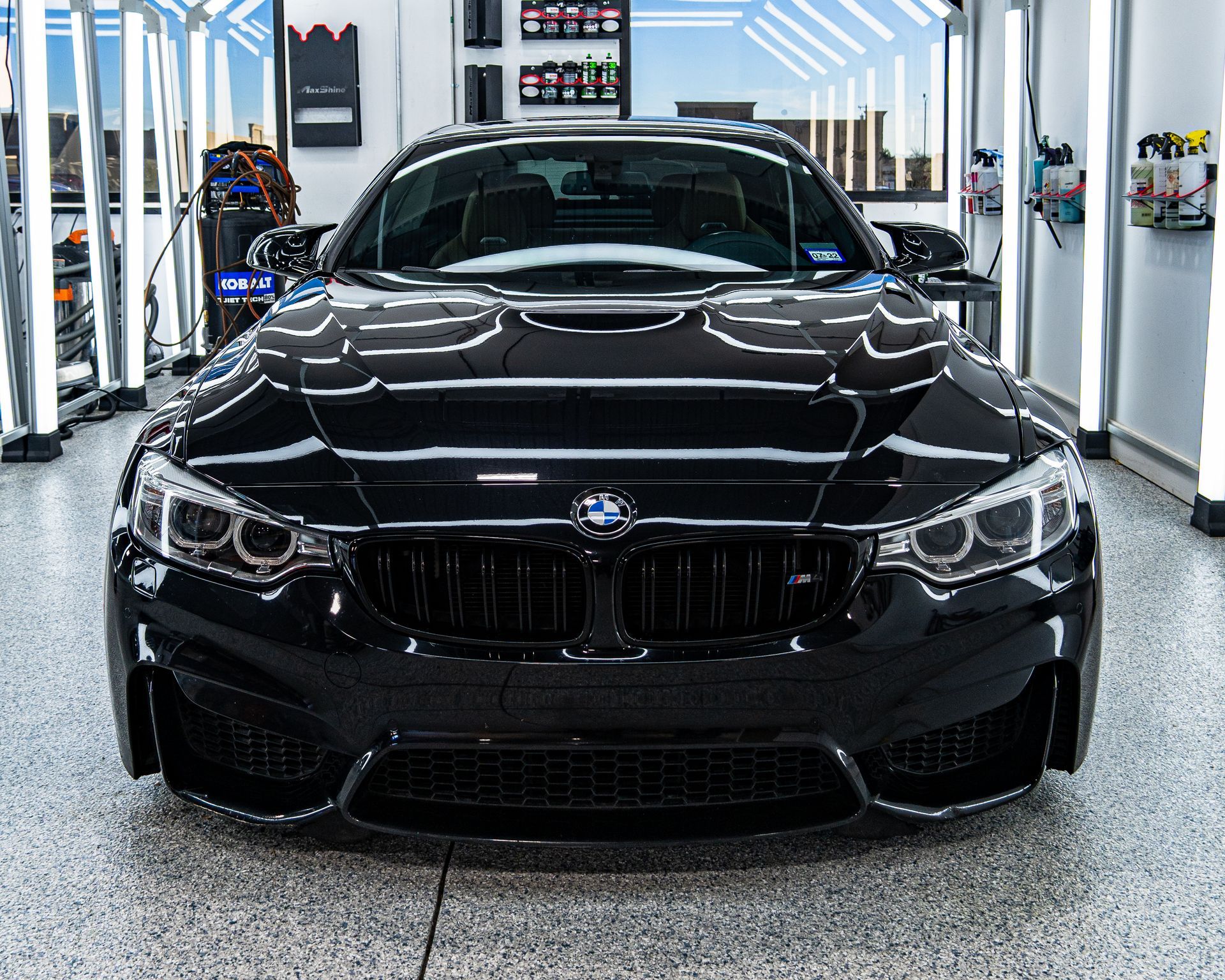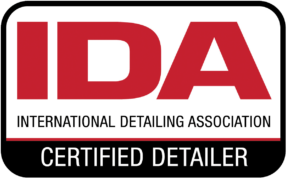Debunking Common Myths About PPF in Cars: Facts You Need To Know
When you hear about paint protection film (PPF), you might imagine a bulky plastic layer that ruins how a car looks or fades quickly. But what if the truth is quite different? PPF is actually a smart, nearly invisible shield that keeps your vehicle's paint safe from everyday damage like tiny scratches and stone chips. After digging into the facts, it becomes clear that many common beliefs about PPF don't hold up, so let's unpack what this protective film really does and why it might be worth a closer look. Common myths about PPF include beliefs that it ruins a car's appearance, yellows over time, or cannot be removed without damaging the paint. In reality, modern PPF films are nearly invisible with enhanced gloss, feature UV-resistant coatings preventing yellowing, and can be professionally removed safely without leaving residue or harming the underlying paint.
Understanding Paint Protection Film
Paint protection film, or PPF, is a transparent layer made from polyurethane that adheres to your car's painted surfaces. Think of it as an invisible shield guarding your vehicle against everyday hazards like stone chips, bug splatters, and minor scratches: damage that can silently accumulate and degrade your car's finish over time. Its roots stretch back to military applications during the Vietnam War, when soldiers needed a durable barrier to protect helicopter blades from flying debris. The innovation has since been refined for consumer use, offering ever more reliable and subtle protection.
Today's PPF does more than just act as a physical barrier. Many modern versions come equipped with self-healing properties. Imagine small scratches on your car magically disappearing when exposed to gentle warmth, like sunlight or even warm water. This technology utilizes specialized polymers that regain their original smoothness after being disturbed. Industry-leading films can last upward of 5 to 10 years while maintaining clarity and flexibility. This means the film won't fog, yellow, or degrade as quickly as older generations once did. Understanding these capabilities clarifies common misconceptions around PPF. For instance, some might imagine that adding a thick film to your car's surface would smother its original shine or distort its color. In reality, these films are engineered with optical clarity, meaning they preserve the exact tone and gloss that paint manufacturers intended. The subtle smoothness introduced by PPF often enhances the finish, lending a slightly glossier, cleaner appearance while making it easier to wash off dirt and grime. Beyond aesthetics, understanding the material's resilience highlights why PPF remains an essential investment for many vehicle owners. It acts as a frontline defender against impacts from small stones, a common cause of paint chips on highways or gravel roads. While not invincible since it cannot prevent damage from severe collisions, it nevertheless significantly reduces wear and tear from day-to-day driving conditions.
Myth: PPF Dulls Your Car's Appearance
The idea that paint protection film somehow dulls or mutes your vehicle's vibrant finish is rooted more in outdated notions than reality. Modern PPF is engineered with a high degree of optical clarity, designed not just to protect but to preserve and often amplify the original paint's glossiness. High-quality PPF maintains its gloss level remarkably well over time. Meanwhile, unprotected paint surfaces can lose significant gloss due to exposure to UV rays, dirt, and other environmental factors. This means that protected cars maintain a brighter, fresher look far longer than unprotected ones. Many users perceive an improvement in their car's appearance after PPF application, primarily citing increased sheen and vibrancy. The lingering myth originates from earlier generations of films that were less transparent and prone to yellowing or clouding. Advances in polyurethane chemistry have solved these problems through anti-yellowing coatings and self-healing technology, which maintains surface smoothness and gloss.
Moreover, the film creates a smoother outer layer that reflects light more evenly, enhancing the paint rather than obscuring it. A well-applied PPF becomes nearly invisible. Its presence is detected only when you feel the subtle slickness protecting your finish rather than by sight. To maximize this aesthetic benefit, it's crucial to select PPF from reputable manufacturers that invest heavily in product clarity and long-term durability. Also, professional or carefully guided installation ensures no bubbles or edges disrupt that flawless mirror-like finish everyone desires.
Myth: PPF Doesn't Provide Real Damage Protection
Paint protection film might look like just a thin layer on your car's surface, but beneath that subtle clarity lies powerful defense. The truth is that modern PPFs are engineered specifically to absorb and deflect everyday damage that would otherwise mar your vehicle's paint job. Rather than being a purely cosmetic addition, PPF acts almost like an invisible shield against the routine hazards of driving: tiny stones kicked up from the road, scratches from careless contact, bug acids, bird droppings, and the corrosive effects of road salt. Scientific testing backs this up, showing that vehicles equipped with high-quality PPF experience significantly fewer paint chips and abrasions compared to those left unprotected.
In controlled abrasion tests simulating long-term wear, PPF films have endured thousands of cycles without showing notable deterioration, whereas unprotected paint showed visible wear far sooner. These films typically block nearly 99% of harmful UV rays, which slows down color fading and oxidation, problems many car owners face as their vehicles age. That said, it's crucial to keep expectations grounded. While PPF effectively mitigates small-scale impacts and chemical damage, elements that collectively degrade your vehicle's appearance over time, it isn't a solution for all types of harm. Severe collisions or extremely sharp objects will still overcome the film's defenses. The value of PPF lies in its ability to reduce the frequency and severity of those minor yet relentless insults. Think of it as everyday armor rather than crash protection.
Why Professional Installation Makes All the Difference
Professional installation of paint protection film might sound complicated, but it's a careful craft rather than an intimidating challenge. The journey starts with choosing the right installer, a decision that sets the tone for quality, fit, and longevity. Look for certified installers who have undergone specific training to handle materials designed with advanced thermoplastic polyurethane that demands precise handling. Before committing, read customer reviews focusing on consistency, attention to detail, and aftercare service. Once you've selected a capable installer, the preparatory phase ensures nothing compromises the film's application. The professionals begin by thoroughly cleaning every panel destined for coverage. Any dust or residue under the film can cause bubbling or premature wear. This preparation isn't just about appearance. It's about adhesion. A perfectly clean surface allows the PPF to bond securely with the vehicle's paintwork.
Applying PPF requires precision. Installers use squeegees deftly to lay the film smoothly over complex curves and contours without wrinkles or trapped air bubbles. It's not a rushed job. Each section gets meticulous attention to ensure complete sealing, which enables the self-healing properties of modern films to function optimally. When applied well, this process offers substantial benefits: protection from scratches, UV rays, chemical stains, and stone chips can last up to a decade. However, maintaining these benefits depends also on following care instructions provided after installation, such as avoiding high-pressure washes immediately afterward. The real difference between amateur attempts and professional installations is skill and warranty backing. Recognizing these critical steps clarifies why investing in skilled installation transforms PPF from a mere accessory into an essential defense for your vehicle's finish.
Making the Right Choice for Your Vehicle
Paint protection film is often praised for shielding cars from everyday wear: minor scratches, chips from road debris, and even damage caused by UV rays. This transparent layer acts like a guardian for your car's paint, maintaining that glossy showroom finish, which many of us cherish. One of its most impressive features is the self-healing ability found in modern high-quality films. Small swirl marks or light scratches can disappear simply with exposure to heat or sunlight, saving you trips to a detailer or costly repaint jobs. Professional installation isn't just a recommendation. It's essentially mandatory. Improperly applied PPF risks bubbling, peeling, or reduced effectiveness, turning what should be protection into a costly problem.
It's also critical to recognize that while PPF is fantastic against minor abrasions and daily hazards like bug splatter, dust, or tree sap, it doesn't offer armor against major impacts like large rock hits or collisions. This means PPF should be viewed as a complementary defense rather than a substitute for careful driving or mechanical maintenance. While the film can last up to 10 years with proper care, it requires occasional maintenance itself: cleaning with the right products and sometimes professional inspections to keep it in peak condition. The long-term savings you gain by avoiding paint repairs or resprays often outweigh the initial investment. Not just that, in preserving your vehicle's finish so well, you boost resale value significantly. Buyers often see cars with fresh paint and clear coats as more desirable and are willing to pay a premium for vehicles protected by PPF. Understanding both the strengths and limitations of paint protection film empowers car owners to make smarter choices about preserving their vehicles. As advancements continue, PPF stands poised to become not just an option but a valuable component in protecting your automotive investment.
Top-Tier PPF Services in Benbrook, TX
If you want long-lasting defense for your vehicle’s finish, Fort Worth Auto Detail delivers
top paint protection film services designed to keep your car looking sharp through Texas’ toughest conditions. Our expert technicians use high-quality films and precise installation techniques to create a smooth, nearly invisible barrier that helps guard against road debris, UV exposure, and everyday wear. Whether you're protecting a daily driver or preserving a prized vehicle, our team ensures a flawless application that enhances durability and makes maintenance easier. Trust Fort Worth Auto Detail to give your car the protection it deserves and
schedule your PPF service in Benbrook today!
